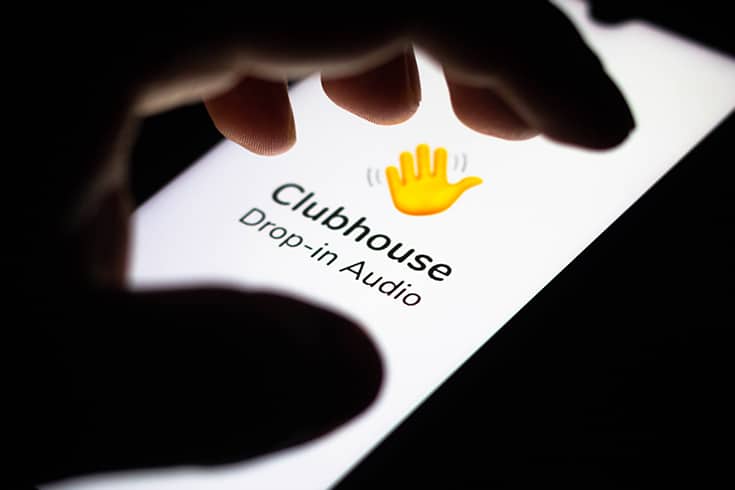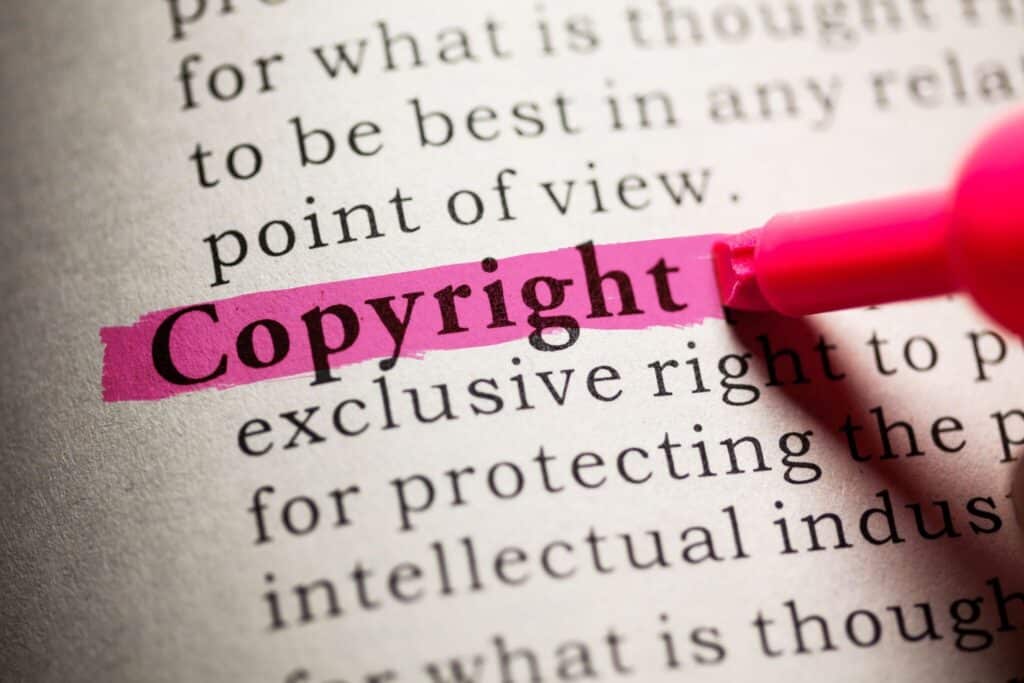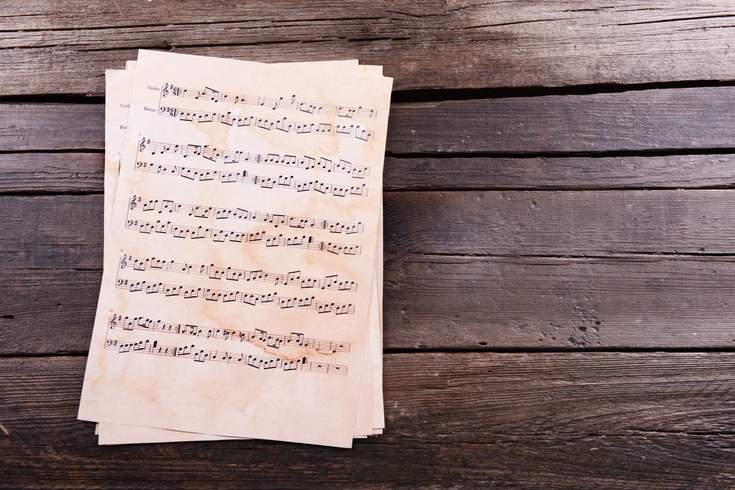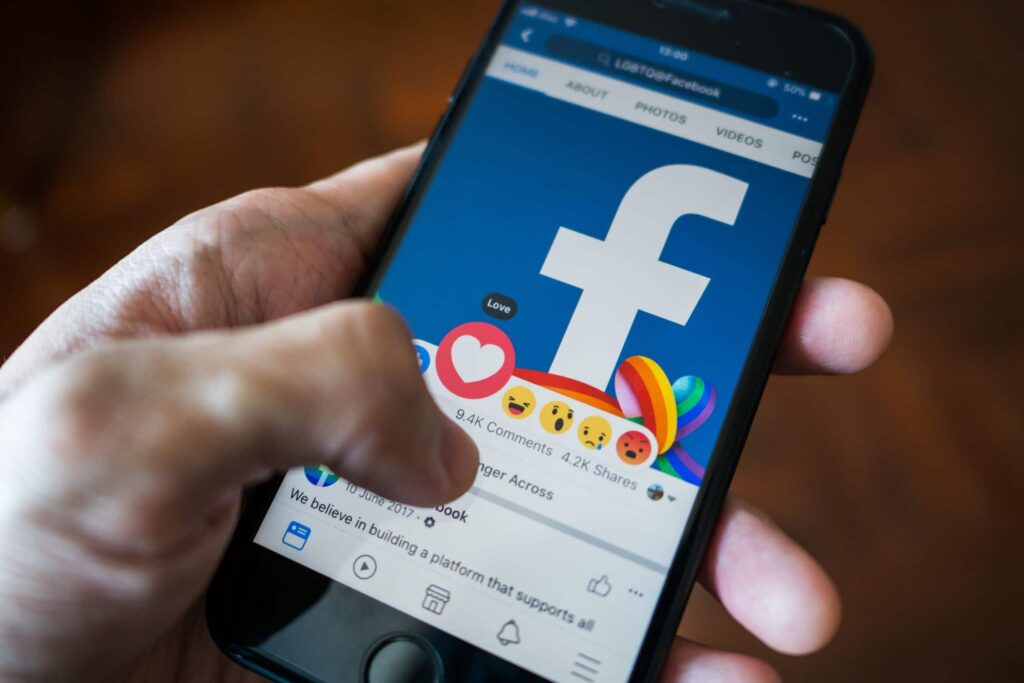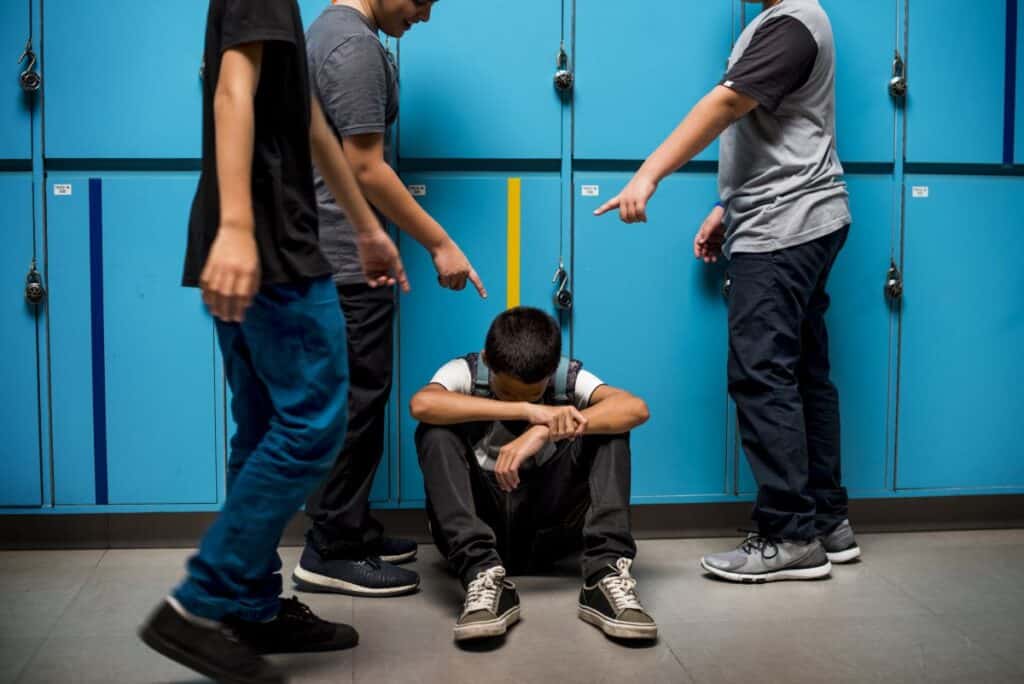Is It Okay to Repost Newspaper Articles on the Intranet? Explaining Case Law on Copyright of Newspaper Articles

What legal issues arise from the act of republishing newspaper articles? Posting articles about your company on a private intranet for the purpose of providing information to employees may, in some cases, constitute copyright infringement. There have been instances where newspaper publishers have sought damages for copyright infringement due to the act of republishing their articles.
In the cases that became problematic, Chunichi Shimbun and Nihon Keizai Shimbun, two Japanese newspaper companies, were the plaintiffs. In both lawsuits, the defendant was a certain railway company based in Tokyo, which had created image data of newspaper articles and uploaded them to the company’s intranet, making them accessible to employees and others.
Here, we will explain the court decisions regarding the copyright disputes over these two newspaper articles.
Can Copyright Be Granted to Newspaper Articles?
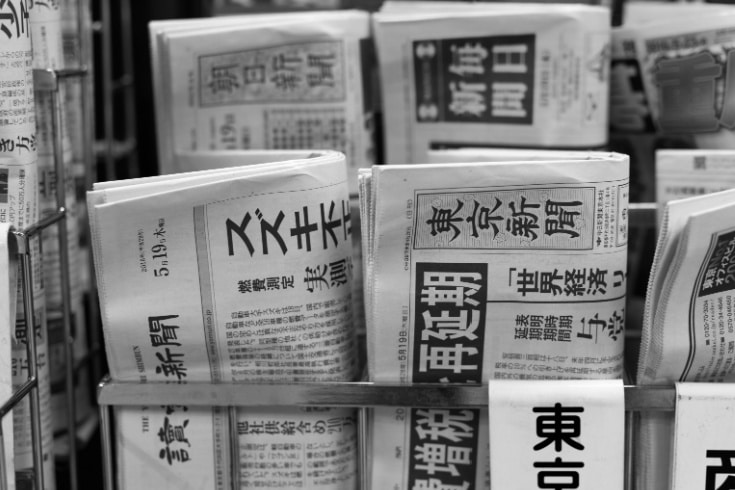
Under Article 10, Paragraph 1 of the Japanese Copyright Law (著作権法), various types of works are exemplified, with item 1 listing “novels, scripts, dissertations, lectures, and other literary works,” and item 8 specifying “photographic works.” It is considered that articles and news photographs disseminated by newspapers and news agencies in print and electronic media fall under these categories.
However, Paragraph 2 of the same article states that “mere transmission of facts and current news reporting do not constitute the literary works mentioned in item 1 of the preceding paragraph.” Focusing on the aspect of “faithfully transmitting facts,” it could be interpreted that newspaper articles do not have copyright.
It is important to note the adjective “mere” in the phrase “mere transmission of facts.” Unlike obituaries that simply report “who died, when, where, of what cause, and at what age,” articles that vary in expression depending on the reporter are considered to be eligible for copyright.
Furthermore, the Copyright Law provides for certain “exceptional” cases where copyright and related rights can be limited, allowing use without the permission of the copyright holder (Articles 30 to 47-8). Article 30’s “reproduction for private use” is relatively broadly permitted. For example, recording a favorite TV show to watch with family falls under this provision. What about the use of newspaper articles on an intranet within a company or organization? It could be argued that this is private use, as it is limited to viewing by employees within the company.
Related article: What Are the Risks of Intellectual Property Infringement Such as Patents, Trademarks, and Copyrights, and How to Manage Them[ja]
Case Study on Newspaper Articles and Copyright: The Case Where Chunichi Shimbun is the Plaintiff

Chunichi Shimbun filed a lawsuit against a railway company for scanning articles from their newspaper to create image data, saving this data on storage media for the company’s intranet, and enabling employees to access and view the data on the intranet. The newspaper company claimed this constituted an infringement of their reproduction and public transmission rights, and sought damages based on Article 709 or Article 715 of the Japanese Civil Code.
In August 2005, the railway company had 533 employees and officers, which increased to 728 by 2019. In 2005, they set up one account each at four station management offices and seven accounts at the crew management office. By 2015, a total of 39 computers were installed that could access the intranet, and by 2019, this number had increased to 57.
The Stance of Chunichi Shimbun Company
The Chunichi Shimbun Company maintains that it is unclear which specific articles posted on the intranet bulletin board of a railway company were involved up to March 2018. However, the company argues that the newspaper articles in question, which typically involve a reporter’s selection of facts, analysis of the situation, and evaluations, as well as the creative expression of thoughts and emotions, should be recognized as copyrighted works. Furthermore, Chunichi Shimbun asserts that it holds the copyright for these articles as works for hire.
Related article: What is a Work for Hire? Explaining the 4 Requirements and How Corporations Can Obtain Copyright[ja]
Railway Company’s Argument

In response, the defendant railway company argued that the plaintiff had not specifically identified the articles alleged to have been infringed upon from September 1, 2005, to March 31, 2018, and therefore had completely failed to fulfill the burden of proof regarding the claim of infringement. Furthermore, they contended that, with a few exceptions, all articles published in the fiscal year 2018 possess the nature of copyrighted works.
The railway company maintained that the plaintiff had not met the burden of argument regarding the copyright of the articles, as they had not been specifically identified, stating, “Unless the plaintiff explicitly demonstrates where the creativity lies, one cannot say that the burden of argument concerning the articles being copyrighted works has been fulfilled.” Regarding whether newspaper articles are copyrighted works, they argued, “The plaintiff is presenting facts (information) provided to various newspapers as articles, but it is clear that articles which are mere reproductions of the facts (information) provided do not qualify as copyrighted works. Even if the plaintiff has processed the provided facts (information) in some way, such processing does not immediately render the articles as copyrighted works. Weekly and monthly magazines dealing with current affairs often analyze facts and add evaluations, which often results in articles that can be considered copyrighted works. However, newspaper articles differ in this respect,” they claimed.
Court’s Decision
The court first addressed certain articles from the fiscal year 2018 that the railway company contested for their originality. The court found that:
The articles published in the fiscal year 2018 covered a range of topics, including reports on accidents, introductions of new equipment and systems, merchandise sales, policy announcements, event and project promotions, business plans, station names, train approach melodies, and changes in uniforms. Among these, the articles on accidents were organized and written in a way that made a substantial amount of information clear and understandable to the readers, showing creative expression. Furthermore, the other articles also combined a significant number of related facts and details about the theme of the article in an appropriate order and format, and involved creative expression such as selectively interviewing stakeholders, choosing and summarizing statements. Therefore, it was recognized that all articles published in the fiscal year 2018 were creative expressions and qualified as copyrighted works.
Tokyo District Court, October 6, 2022 (2022) Decision
The court acknowledged that the plaintiff’s employees created these articles as part of their job duties and recognized the articles as copyrighted works. It was also recognized that by clipping these articles and creating image data to post on the intranet, the defendant infringed upon the plaintiff’s reproduction and public transmission rights.
Additionally, the defendant railway company argued that the use of the articles was non-profit and served the public interest, and according to the plaintiff newspaper company’s individual regulations, it should be free of charge. However, the court stated that it is impossible for the defendant corporation’s business to be non-profit, and the use of the articles ultimately leads to an increase in the defendant’s revenue. Therefore, the court found no merit in the defendant’s argument.
Regarding the articles published before the fiscal year 2018, the court deemed it appropriate to recognize that the plaintiff had copyright over 458 articles, assessing the damages at 1,374,000 yen. For the articles published in the fiscal year 2018, the court recognized 139 articles, with damages assessed at 399,000 yen. In total, the railway company was ordered to pay 1,773,000 yen, which, when combined with the attorney’s fees equivalent to 150,000 yen, amounted to a total payment of 1,923,000 yen.
Case Study on Newspaper Articles and Copyright Infringement: The Case Involving The Nikkei Inc. as Plaintiff
The Nikkei Inc. claimed that a total of 829 articles posted on a railway company’s intranet from August 2005 to April 2019 infringed upon the copyright (reproduction rights and public transmission rights) of each article. Consequently, The Nikkei Inc. sought compensation for damages based on tort (Civil Code Article 709, with the amount of damages pursuant to Copyright Law Article 114, Paragraph 3) from the railway company.
Reference: The Nikkei | Compensation Ordered for Tsukuba Express for Unauthorized Use of Articles[ja]
The Nikkei Inc.’s Argument
The Nikkei Inc. argued that “each article expresses the author’s thoughts and emotions through the selection, quantity, and arrangement of the material, reflecting the author’s praise, favor, criticism, condemnation, and evaluation of the informational value of the subject matter. These are not mere brief reports limited to the transmission of facts, such as simple obituaries, personnel changes, or awards and honors, but articles containing enough substance to be considered as works.”
Therefore, The Nikkei Inc. maintained that “all the articles in question qualify as works.”
The Railway Company’s Argument
In response, the railway company contended that “articles in newspapers that merely transmit facts, such as brief reports and news, are not considered works.” Even if an article is a brief report or news, it becomes a work if it creatively expresses thoughts or emotions within the realms of literature and academia. However, creation refers to the original expression of artistic inspiration in the form of literary, pictorial, or musical works, or the works themselves. Therefore, a work is something that creatively expresses thoughts, if it is an expression of thought, or artistic inspiration, if it is an expression of emotion.
The railway company further argued that “general news articles in newspapers are essentially meant to convey facts, with accuracy as their mission, and must not contain any creation. Therefore, general news articles inherently lack creativity and cannot be considered works. Even if the process of turning information into articles by reporters involves a high level of intellectual activity, this does not directly relate to creativity.”
In essence, the railway company’s argument was that newspaper articles cannot be considered works because they are “committed to accuracy and must not contain any creation.”
The Court’s Decision
The court, addressing these arguments, found that each article “appears to have been created with the ingenuity of the expression by the responsible reporters, who, based on their research results, provided easily understandable titles summarizing the content, succinctly described the direct factual relations pertaining to the theme of the article, and also made choices about what related matters to include, how to develop the article, and the method of textual expression.” Therefore, the court recognized that each article “creatively expresses thoughts or emotions and belongs to the realms of literature, academia, fine arts, or music,” thus qualifying as a work (Copyright Law Article 2, Paragraph 1, Item 1) and not merely “brief reports and current news reporting” (Copyright Law Article 10, Paragraph 2).
The court stated:
“The degree of creativity required for something to be considered a work does not need to reach the level of high artistic quality or originality; it is sufficient if some individuality of the creator is exhibited. In this sense, creativity does not necessarily involve fictional content or presuppose it. Therefore, it is self-evident that the nature of newspaper articles, which are required to be accurate, does not contradict creativity and can coexist with it.”
Tokyo District Court, November 30, 2022, Judgment
Consequently, the court ordered the railway company to pay a total of 4,145,000 yen for damages caused by the 829 published articles and 450,000 yen for attorney fees related to the infringement of copyright (reproduction rights and public transmission rights), amounting to a total of 4,595,000 yen.
Summary: Consult with Experts on Copyright Issues
Although these are only first-instance judgments, it has been recognized that newspaper articles are copyrighted works and that using them on a company’s intranet constitutes an infringement of copyright (reproduction rights and public transmission rights).
Furthermore, it is important to note that even if the use is within the company, it may not be considered private use and is likely to be deemed unauthorized. Even if you are reposting to an internal intranet, you must obtain permission from the copyright holder, which in this case is the newspaper publisher. When using copyrighted works, care must be taken not to infringe upon the rights of others.
For residential maps, which, like newspapers, are often copied and used within companies, their status as copyrighted works is explained in the following article. Please refer to it for more information.
Related Article: Are Residential Maps Copyrighted Works? Explaining the Zenrin Lawsuit of Reiwa 4 (2022)[ja]
Guidance on Measures by Our Firm
Monolith Law Office is a law firm with extensive experience in both IT, particularly the internet, and legal matters. In recent years, intellectual property rights, including copyright, have garnered significant attention. Our firm provides solutions related to intellectual property. Please refer to the article below for more details.
Areas of practice at Monolith Law Office: IT and Intellectual Property Legal Services for Various Companies[ja]
Category: Internet


